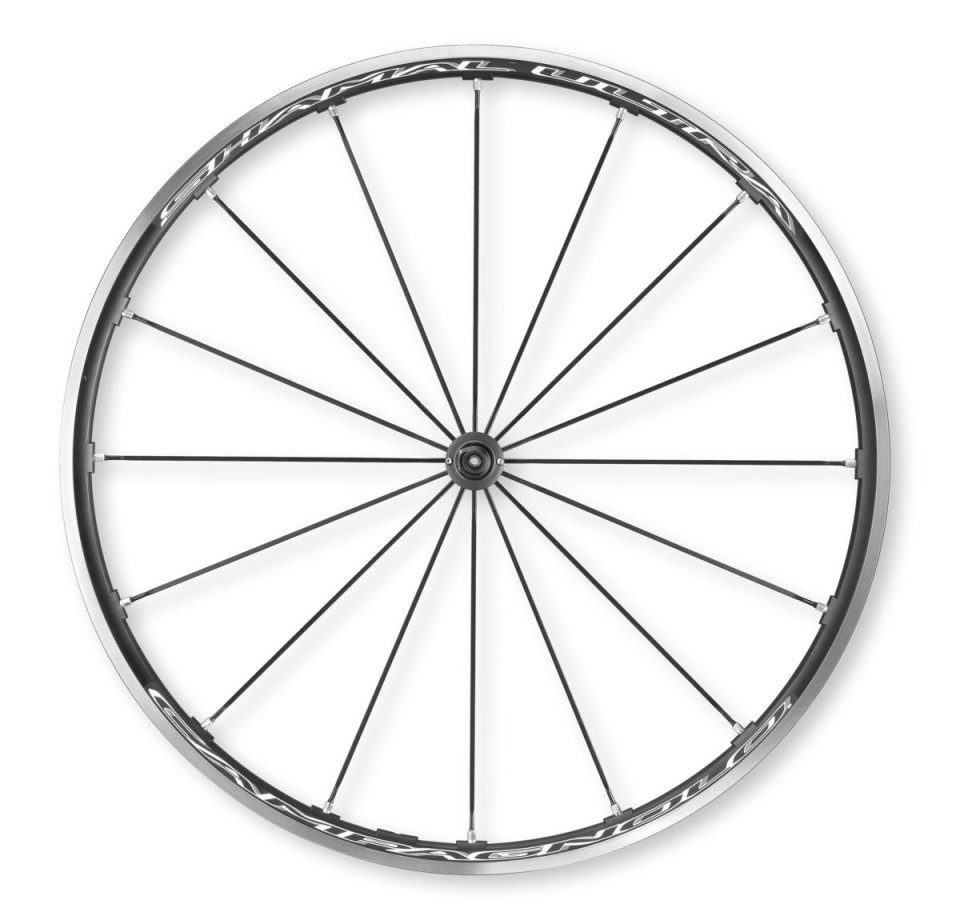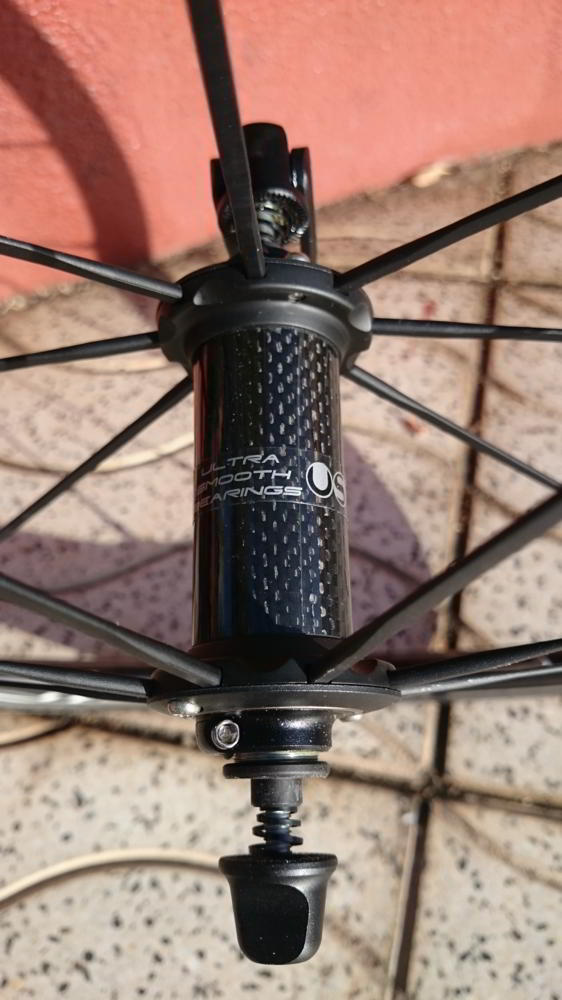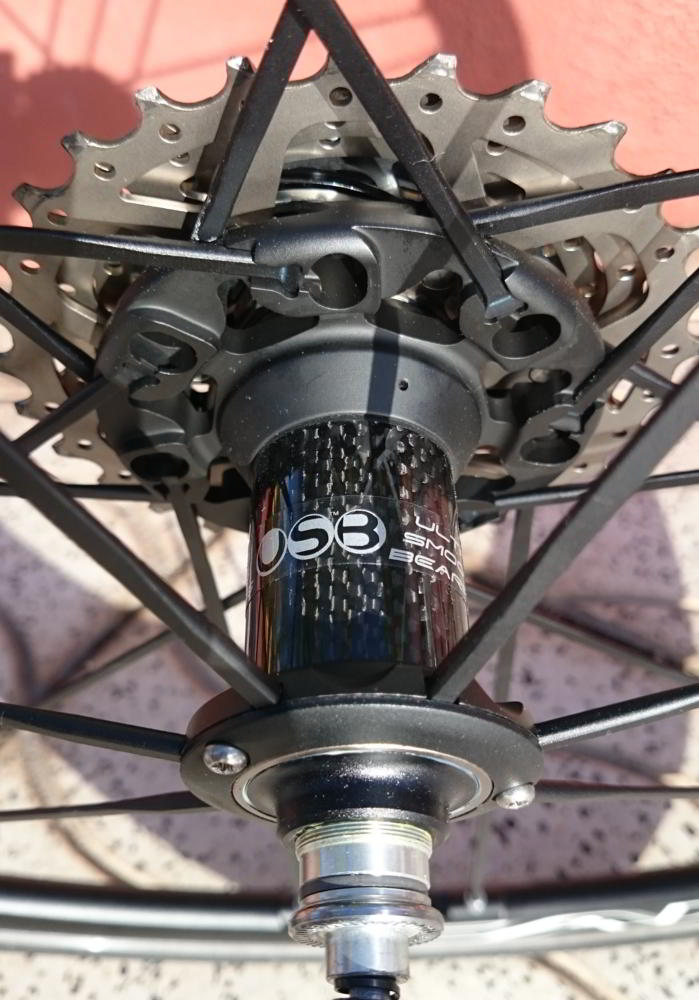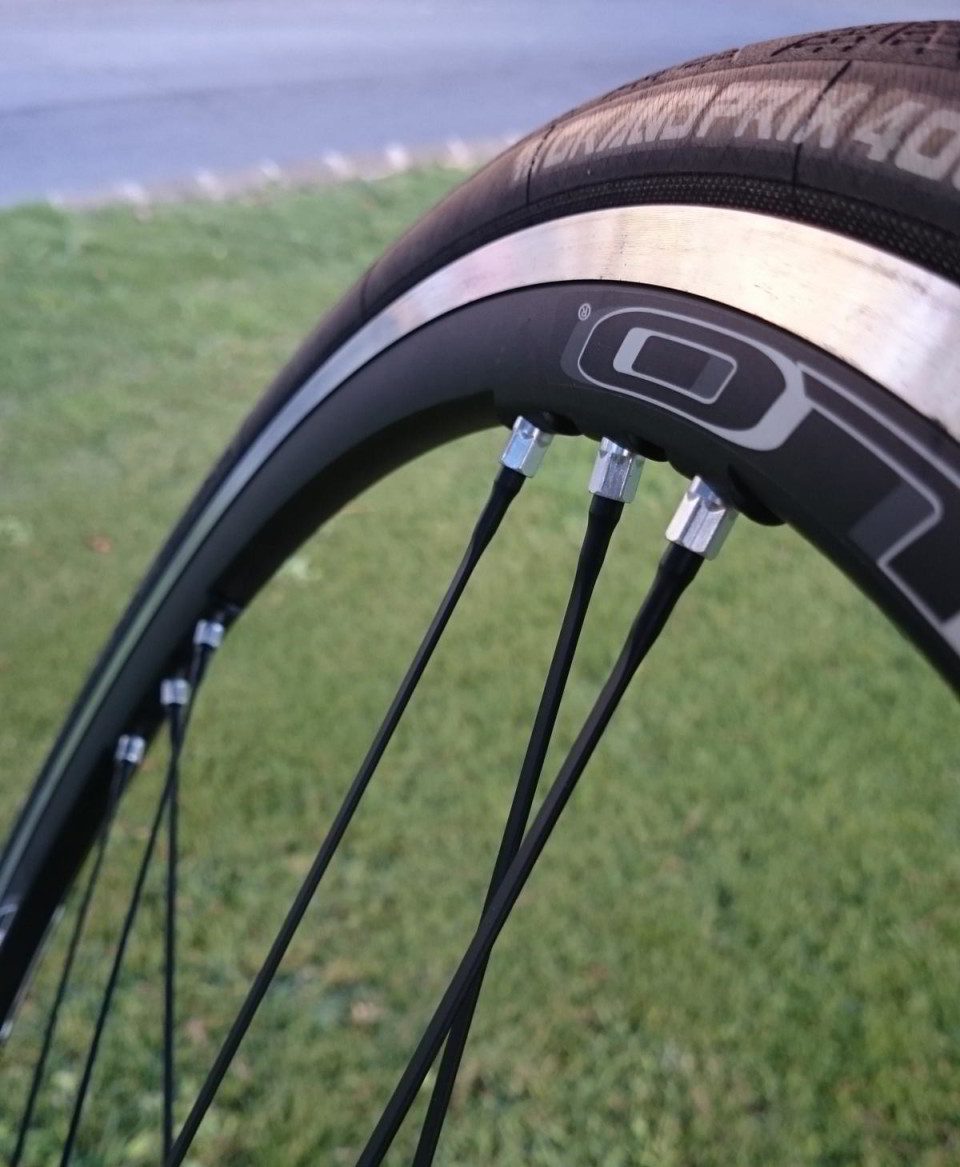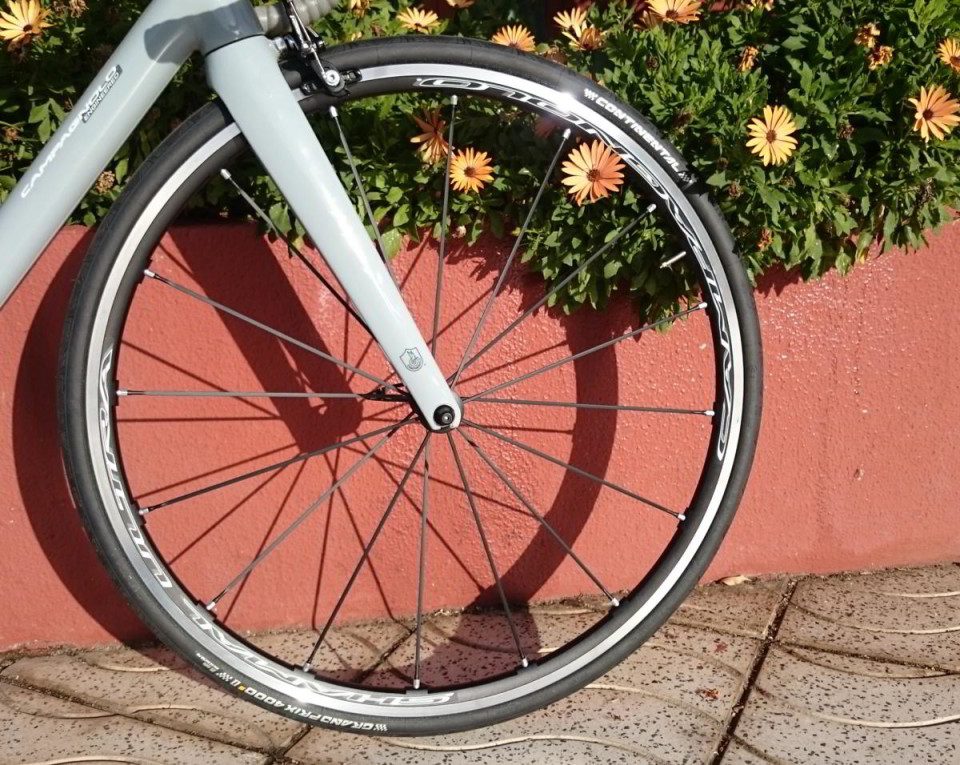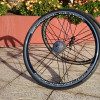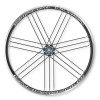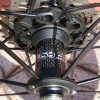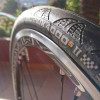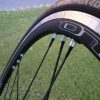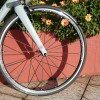Campagnolo Shamal Ultra wheels, first ride
Riding the previous iteration of the hoops and the new Shamal Ultra on back-to-back days on Gran Canaria in the Canary Islands
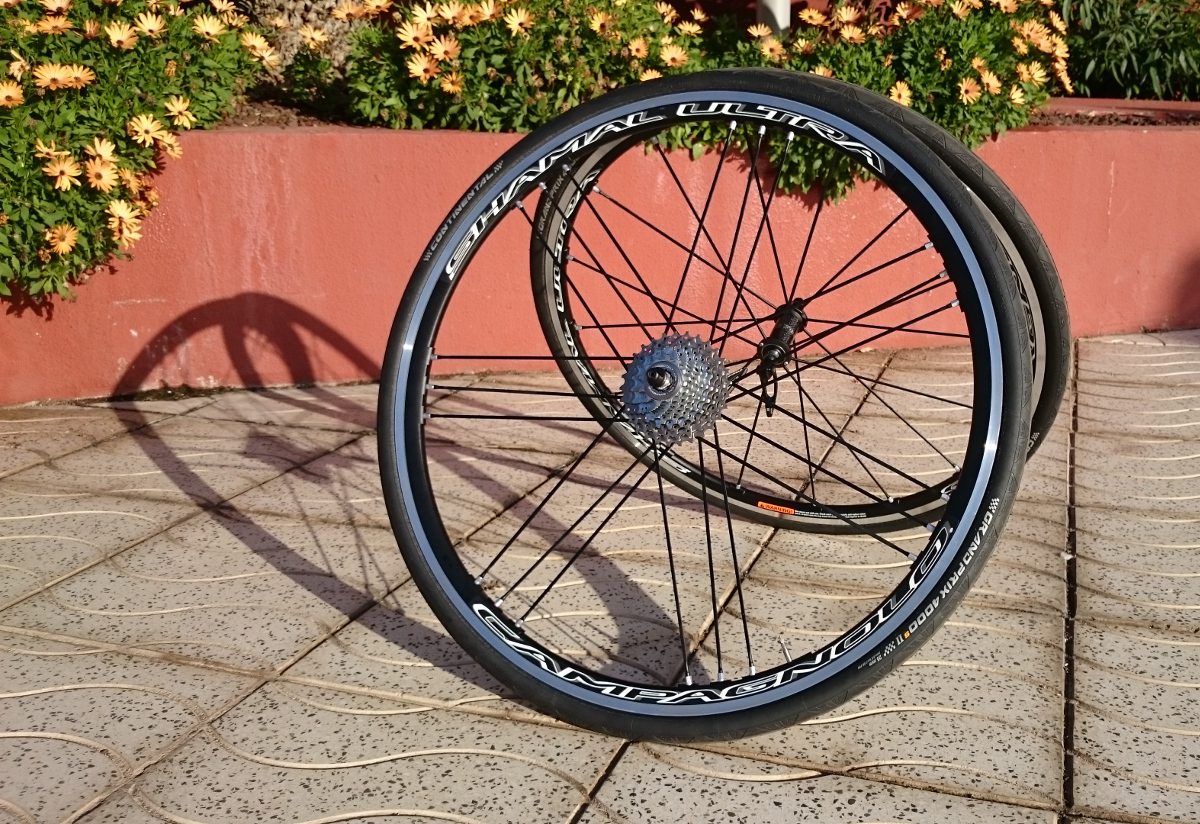
Shamal—it’s a wind that blows through the Middle East. It’s also an aluminum wheel by Campagnolo that’s recently been relaunched.
“Shamal was the very first assembled wheel when it was launched 20 years ago,” said Joshua Riddle, Campy’s press manager. “Before that, you’d have to buy your spokes, your nipples, your hubs and rims separately and put them together. Shamal ushered in the area of the complete wheelset.”
I rode the previous iteration of the hoops and the new Shamal Ultra on back-to-back days on Gran Canaria in the Canary Islands. The old wheels merit a close look as many of the key features come over to the new wheels.
>> The new Campagnolo Potenza groupset, a top performer in the mid-range
>> Campagnolo disc brakes revealed
At the centre of each wheel, there’s an aluminum axle for strength and light weight. Also keeping weight low is the carbon-fibre hub body. The material is also used to keep that component stiff, as well as the rest of the wheel.
On the rear wheel, the oversize flange on the drive side also imbues the unit with more stiffness. The aluminum aero spokes that radiate from the rear hub create Campagnolo’s G3 pattern. It features seven clusters of spokes with seven on the non-drive side and 14 on the drive side. The “imbalance” of spokes addresses the asymmetrical forces at work on a rear wheel. The front wheel has a radial spoke pattern with eight spokes a side.
The spokes seem to run into a standard arrangement of spoke nipples. If you take off the tires, however, you’ll see smooth, solid surfaces: no holes to drop the spoke nipples into. Each spoke nipple is inserted into the valve hole, and then guided into place via a magnet. Campy calls this technology mounting magnet or MoMag. The company says it keeps the rim free of stress points, makes it last longer and allows for higher spoke tension, which means better acceleration.
The rim is milled using a process the company calls toroidal milling. (A toroid is merely a doughnut-shaped object.) The milling keeps the weight down on the rim, which is the heaviest thing you need to get moving when you spin up your wheel. When a Shamal wheel is moving, it’s quite balanced. There’s a bit of weight at the opposite side of the tube’s valve. Campy calls this feature dynamic balance. The rim depth of the front wheel is 26 mm and 30 mm at the rear.
My group took the previous version of the Shamal on a 60-km ride with roughly 2 km of elevation. The hoops were matched with a new, superb Potenza groupset that was well-suited to going up and up. The wheels are heavier than a pair of carbon-fibre climbers. The listed weight for the clincher model is 1,425 g, while Giant’s carbon SLR 0 wheels are 1,335 g. Yet, the weight of the Shamal wheels wasn’t a big factor during the climbs. The wheels spin up quickly and roll really well on Campagnolo’s ceramic USB (ultra-smooth bearings). When I had to scrub speed on the descent, the brake pads, which are new to the Potenza set and feature a new compound, offered great modulation working with the aluminum brake tracks.
The next day, it was on to the new Shamal Ultra wheels. They had all the aforementioned features and one new development. The internal rim width in the new hoops is 17 mm, what Campy calls C17, up from 15 mm (C15). This new width is meant to work well with tires 25-mm and 28-mm wide. The new clincher model is 1,495 g, and the two-way fit (tubeless version) is 1,505 g.
The tires I had on Day 1, Continental Grand Prix 4000 II in 25c, were on my new wheels. Because of the wider rims of the new wheels, the tires had a more aerodynamic shape—more of a semicircle, less of a light-bulb. The profile also made for better contact and behaviour on the road. I did feel a bit more planted when taking on the day’s switchbacks. Also. I felt even more confident as I came screaming into those corners. (OK, maybe not screaming.) The new Potenza brake-pad compound and the new Shamal brake tracks were great when I had to slow things down before a turn. They were smooth, so I could be too.
As for going uphill, uphill for 30 km, the wheels were great. Sure, there are lighter wheels out there, but make no mistake, these are performance hoops. They are sufficiently reactive when you need to put in a dig on an incline. I’m sure racers and club riders on big outings will also love the feel of these new wheels. ($1,790/pair for two-way fit for Campy cassette; $1,800/pair for two-way fit for HG11 (Shimano/SRAM) cassette; $1,720/pair for clincher for a Campy cassette; $1,720/pair for clincher for HG11 (Shimano/SRAM) cassette. All prices converted from euro.)


